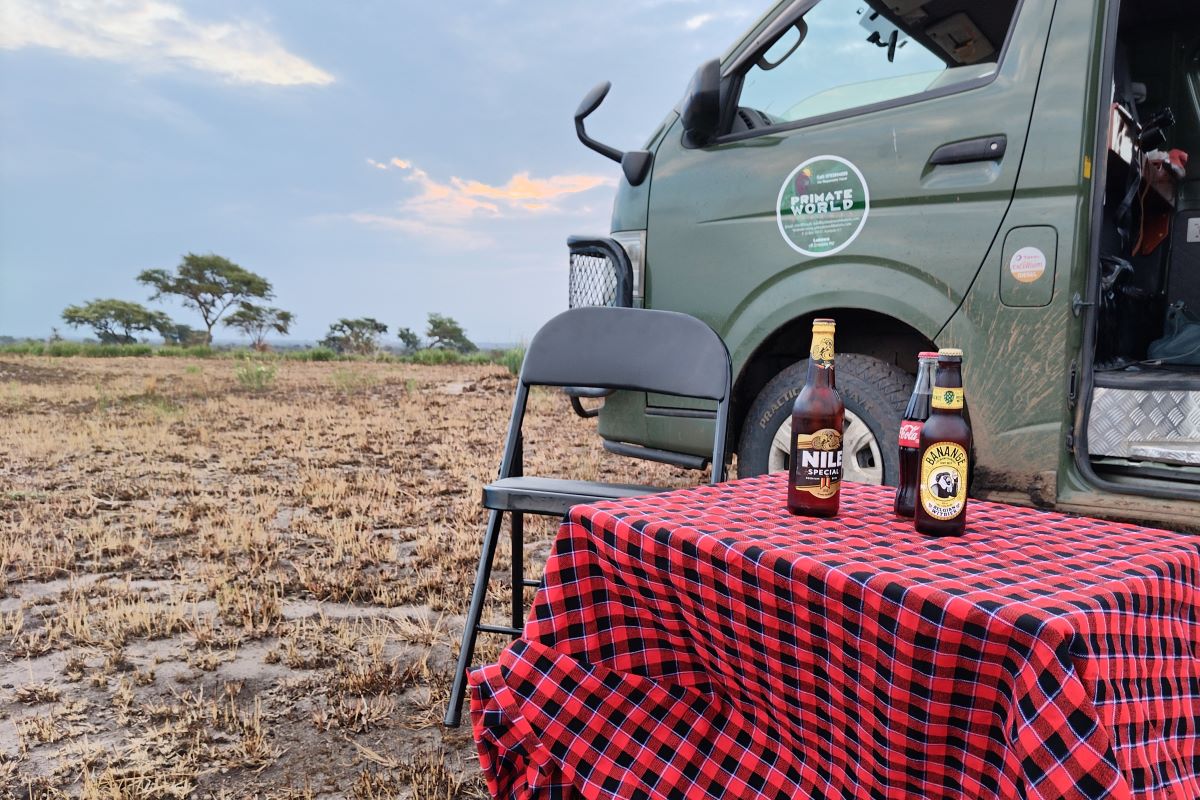Ruaha National Park has an area of 20,226 square kilometers. This makes it Tanzania’s second largest National Park. It can be found in South Central Tanzania, west of Iringa. Ruaha National Park began as part of the Rungwa Game Reserve and was designated as a national park in 1964.
It is named after the Ruaha River, which flows along its eastern border. River Ruaha is also a popular destination for safari game viewing. Ruaha National Park is well-known for its wildlife viewing opportunities.
The park is home to 10% of the world’s lion population. Leopards, cheetahs, wild dogs, elephants, zebra, giraffes, lichtenstein’s hartebeests, and waterbucks are among the other animals found in Ruaha. There are over 570 bird species, including migratory birds from Europe, Asia, Australia, and Madagascar.
These migrant birds arrive during the rainy season, which lasts from February to April. Ruaha National Park’s habitats include hills, open grasslands, baobab groves, and miombo and acacia woodlands. These pristine environments are home to a wide variety of wildlife.
Ruaha National Park’s morning game drives are a popular activity. These provide opportunities to see the park’s various types of wildlife. Ruaha National Park is home to over 1,650 plant species, 450 bird species, and 80 animal species.
You may see zebras, warthogs, sable antelopes, buffaloes, lions, giraffes, zebras, and many other animals on game drives. The park also has one of Tanzania’s largest elephant populations which roam freely throughout its vast expanse.
The Great Ruaha River is home to hippos, Nile crocodiles, and other aquatic animals. This park does not allow night game drives.
Hot air balloons are an amazing way to explore Ruaha National Park, providing a unique viewpoint of the landscape. The balloon reaches a height of 20 to 30 feet for game viewing and 300 to 400 meters for a panoramic view of the park.
Depending on the wind speed, the duration ranges from 1 to 1.5 hours.
Ruaha National Park is home to more than 570 different species. This includes birds from both Southern and East Africa. The yellow-collared lovebird, the ashy starling, and the Tanzanian red-billed hornbill are all endemics.
Ruaha’s birdlife is at its peak from November to April, when migratory birds from Europe and northern Africa arrive. Many resident bird species are nesting at this time.
Rising water levels in the Usangu wetlands and the Great Ruaha River attract a variety of waterbirds, including large flocks of white and Abdim’s storks.
Visits to Iringa town and the Ismila Stone Age site are visited for the cultural experience. The legacy of German colonial architecture can still be seen in Iringa. Iringa is an excellent location for purchasing souvenirs, sampling local street food, and learning about Tanzanian culture with the assistance of a local guide.
Igeleke in Iringa has spectacular Iron Age rock art. The Ismila Stone Age site dates back 1.5 million to 200,000 years ago. Both sites offer fascinating insights into prehistoric Tanzania as well as exhibits about the country’s colonial history.

Ruaha National Park is well-known for its large elephant population. This park is home to 10% of the world’s lion population. Ruaha also has the highest population of greater kudu in East Africa.
East African cheetahs, African leopards, wild dogs, spotted hyenas, giraffes, hippos, buffaloes, and other animals can be found in the park. Ruaha has a wide variety of birds.
The African fish eagle, Ashy starling, crested barbet, namaqua dove, goliath heron, and other birds can be found in the park. The persistent birdsong of the crested barbet is a distinctive sound of the southern bush.
A scheduled or chartered aircraft from Dar es Salaam or Arusha to the park’s airstrip is the more convenient way to travel to Ruaha.
Despite the size of the park, there are only a few camps here. Within the park, five public campsites provide tent space, while a multitude of private operations offer accommodation opportunities in permanent and seasonal camps.
